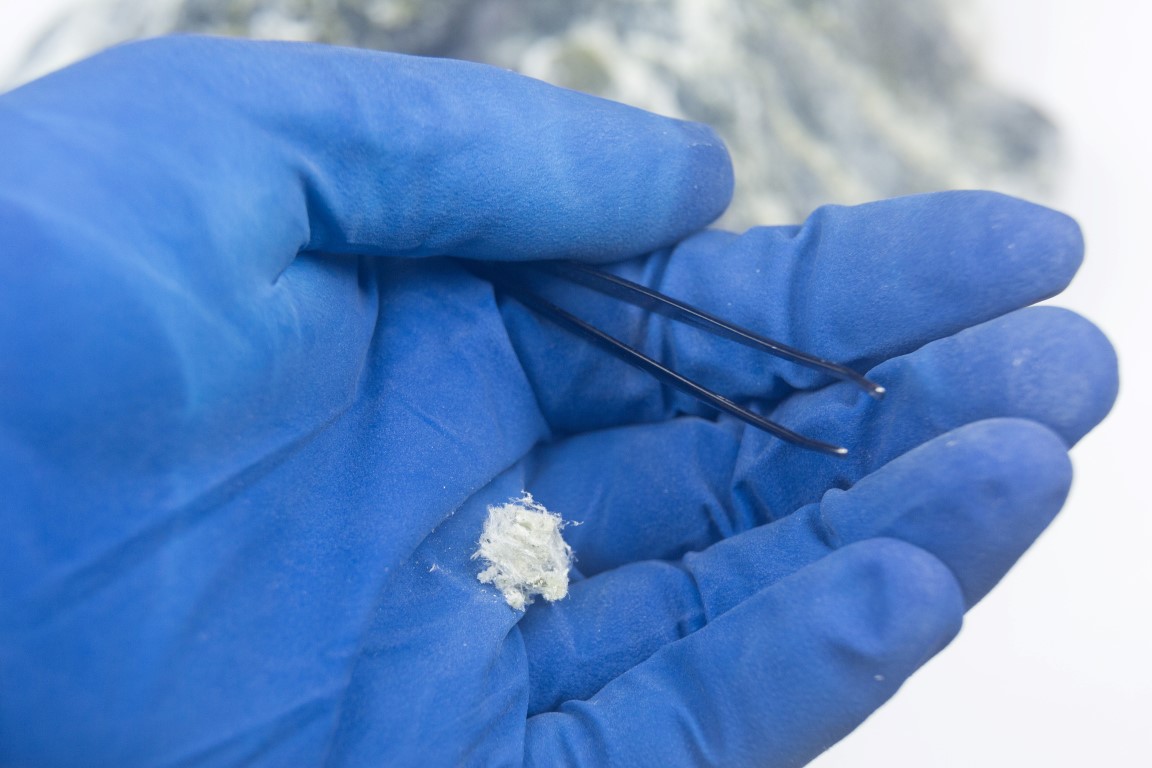The Full Process of Accredited Asbestos Checking to Make Certain Residential Property Conformity
In the world of residential property management and conformity, the procedure of certified asbestos testing stands as an important part to guarantee the safety and security and wellness of owners. From the initial evaluation to the last interpretation of results, each phase plays a vital function in determining the existence of asbestos within a building.
Accredited Asbestos Testing: Preliminary Evaluation
In performing the first analysis for certified asbestos testing, a careful exam of the building's materials is important to properly recognize potential asbestos-containing products. This crucial step entails visually examining all locations of the residential or commercial property, consisting of ceilings, walls, floor covering, insulation, and various other structure products that may harbor asbestos. Unique attention is provided to products that are prone to harm or disturbance, as these scenarios can release unsafe asbestos fibers right into the air. In addition, sampling of thought products might be needed to validate the visibility of asbestos with lab evaluation.
Accredited asbestos assessors follow strict protocols established by regulatory bodies to ensure the accuracy and integrity of the screening procedure. By thoroughly recording findings and utilizing advanced screening approaches, assessors can provide homeowner with an extensive report outlining the presence of asbestos, if any, and the advised actions for mitigation or elimination. This preliminary analysis establishes the foundation for subsequent actions to resolve asbestos issues and make certain the safety and security and compliance of the residential or commercial property.
Example Collection Treatments for Asbestos Examining
Efficient sample collection procedures are essential in making sure precise asbestos testing outcomes and compliance with regulatory standards. When collecting examples for asbestos screening, it is critical to comply with rigorous procedures to reduce the danger of contamination and guarantee the reliability of the outcomes.
To start with, it is crucial to recognize the thought asbestos-containing materials (ACMs) and focus on sampling areas based on aspects such as the material's problem, availability, and capacity for disruption. Asbestos Testing. Examples should be accumulated from different places within the residential property to give a detailed analysis of asbestos presence
Throughout sample collection, accredited specialists must put on suitable individual protective equipment (PPE) to secure versus asbestos exposure. They have to utilize clean tools, such as non reusable handwear covers and plastic sheeting, to avoid cross-contamination in between samples. Examples should be very carefully collected utilizing a defined technique, such as wet cleaning or coring, and securely sealed in closed containers to preserve their integrity during transport to the laboratory for analysis.
Research Laboratory Analysis Process for Asbestos Samples
Upon completion of the example collection process, the asbestos examples are carefully transferred to approved labs for thorough analysis. The initial step in the lab evaluation process is sample preparation, where the accumulated samples are very carefully refined to draw out the asbestos fibers.

When the evaluation is full, a comprehensive record is generated, describing the searchings for and validating whether asbestos exists, the kind of asbestos fibers recognized, and the concentration levels. This info is crucial for home proprietors to take the required steps to make sure conformity with asbestos regulations and protect the health of passengers.

Coverage and Interpretation of Asbestos Examination Results
Recognized asbestos testing labs provide in-depth records that provide crucial insights into the visibility, type, and concentration degrees of asbestos fibers located in samples gathered from homes. These records are important for homeowner and managers to comprehend the threat posed by asbestos and make informed decisions concerning its monitoring or elimination. The reports generally consist of info on the approaches made use of for screening, the areas where examples were taken, the kind of asbestos recognized (such as chrysotile, amosite, or crocidolite), and the focus degrees of asbestos fibers found.
Analyzing these outcomes calls for knowledge to evaluate the potential health risks linked with asbestos direct exposure, figure out the proper strategy, he said and ensure regulatory conformity (Asbestos Testing). Relying on the findings, recommendations might range from continued surveillance and maintenance to encapsulation or complete asbestos reduction. Residential property owners should meticulously examine these reports and talk to asbestos experts to develop imp source a thorough plan for addressing any type of asbestos issues recognized
Making Sure Residential Or Commercial Property Conformity With Asbestos Regulations
To preserve adherence with asbestos regulations, residential or commercial property proprietors need to diligently carry out steps to make sure conformity with appropriate legislations and standards. Once asbestos is determined, residential or commercial property proprietors must comply with asbestos monitoring plans that rundown proper containment, removal, or encapsulation treatments to prevent direct exposure and spread of asbestos fibers.
Residential or commercial property owners must provide asbestos awareness training to workers and passengers to decrease the threat of asbestos direct exposure and make certain proper handling of materials that may include asbestos. In addition, it is crucial to stay notified about any kind of updates or changes in asbestos regulations to readjust management methods as necessary. By proactively resolving asbestos conformity needs, homeowner can produce a safe setting for occupants and mitigate possible legal and health risks linked with asbestos direct exposure.
Final Thought
To conclude, certified asbestos screening is a crucial procedure for guaranteeing home compliance with policies. The first evaluation, example collection procedures, research laboratory analysis, and analysis of results are very important action in this procedure. By complying with these treatments, additional hints homeowner can determine and deal with any kind of asbestos hazards present, protecting the wellness and safety and security of residents and keeping conformity with regulatory demands.